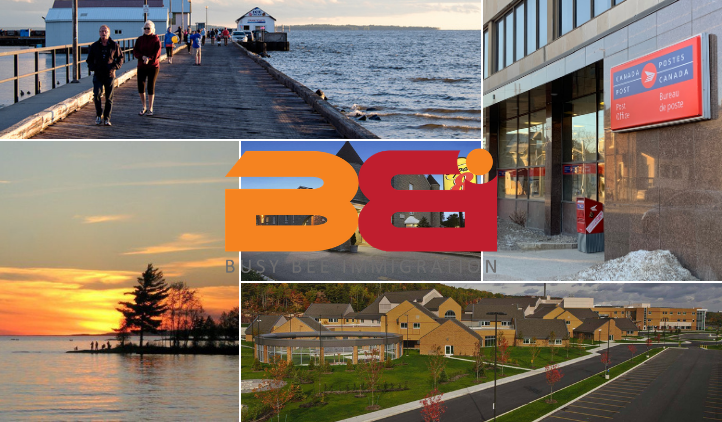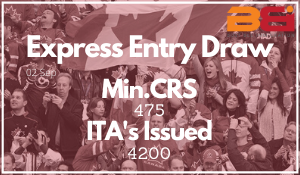Saskatchewan Immigrant Nominee Program (SINP) sent out invitations to candidates within the Express Entry and Occupations In-Demand categories

The SINP has invited 2,740 Occupations In-Demand candidates thus far this year. Combined with the 2,245 candidates invited to apply for a provincial nomination through the Saskatchewan Express Entry sub-category, the entire number of invitations issued in 2020 is now slightly below 5,000. The SINP uses an EOI system to…









